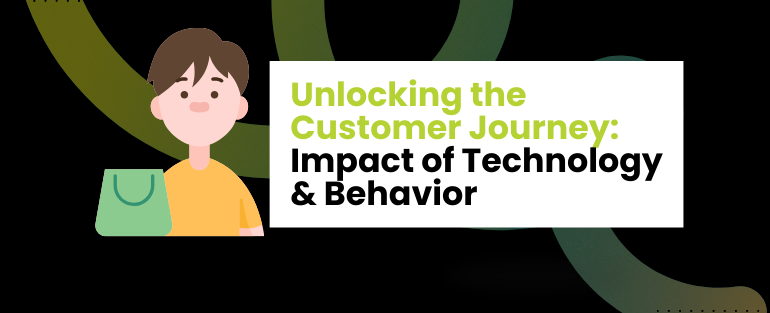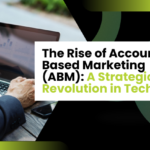Transformative Trends: Mapping the Evolution of Customer Journey

While the customer’s journey is very different today than it was years ago, it is because of the way advances in the technology world, change in consumer behavior and changes in market dynamics have impacted it.
Here’s a brief overview of how the customer journey has evolved:
Unlocking the Customer Journey: Impact of Technology & Behavior

Evolution of the Customer Journey:
Traditional Linear Journey:
In the past days, the customer journey was drawn as a line with various touchpoints where the customers move from awareness, consideration, purchase, and finally towards loyalty.
Therefore, this model assumed that consumers moved through phases of a sequence in a predictable way.
Digital Revolution:
The web and digital technologies change the customer experience in the shopping journey. Consumers nowadays are receptive to information because of technology allowing them to research and make their own selections to buy.
This gave way to new accesses such as search engines, social media, and reviews online.
Multi-Channel Approach:
Initially, this happened as customers began to use more than one channel (be it devices of channels) to talk to the brands. So, marketers then adopted a multi-channel approach.
This particular effort meant to bring the customer experience in line with the best practices when it comes to the touchpoints that are online and offline alike while preserving a continuous flow of the journey.
Omni-Channel Experience:
Smartphones and mobile applications have disseminated so rapidly, that attention to the multichannel experience where consumer touchpoints are connected emerged.
This approach targets to create the best engaging channels and ensure that customers have a standard experience with consistent messaging and personalized interactions, which means moving from one channel to another is hassle-free to them.

Customer-Centricity:
Today, the personalized focus of customer journey has enhanced in order to meet the requirements and expectations of each single customer in the market.
The brands are utilizing data analytics coupled with artificial intelligence to understand customer behavior more in-depth and, in turn, they are offering persona specific experiences throughout the whole journey.
Experience Economy:
With the experience economy, the customer process expands behind the purchase point and includes the whole client experience.
Most marketers today are investing in crafting memorable experiences that thrill customers and earn lasting loyalty.
Post-Purchase Engagement:
This is then added to the experience economy idea and brands are increasingly looking into how post-purchase engagement is handled.
Such an interaction concerns a long-term keeping of touch with customers with help of regular emails, messages, and targeted product suggestions.
In general, the store process has developed from being a straight line to a dynamic and inter-related experience centering on a customer. Technology is becoming more and more sophisticated and on the other hand, consumers’ expectations are growing every day. Accordingly, businesses need to refine their marketing strategies in order to fulfill the retail customers’ journey.




